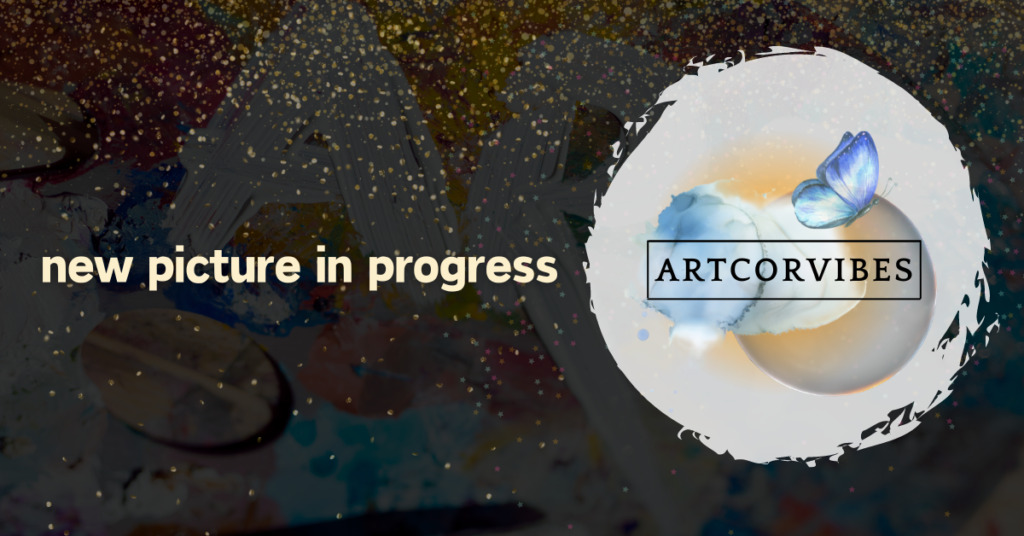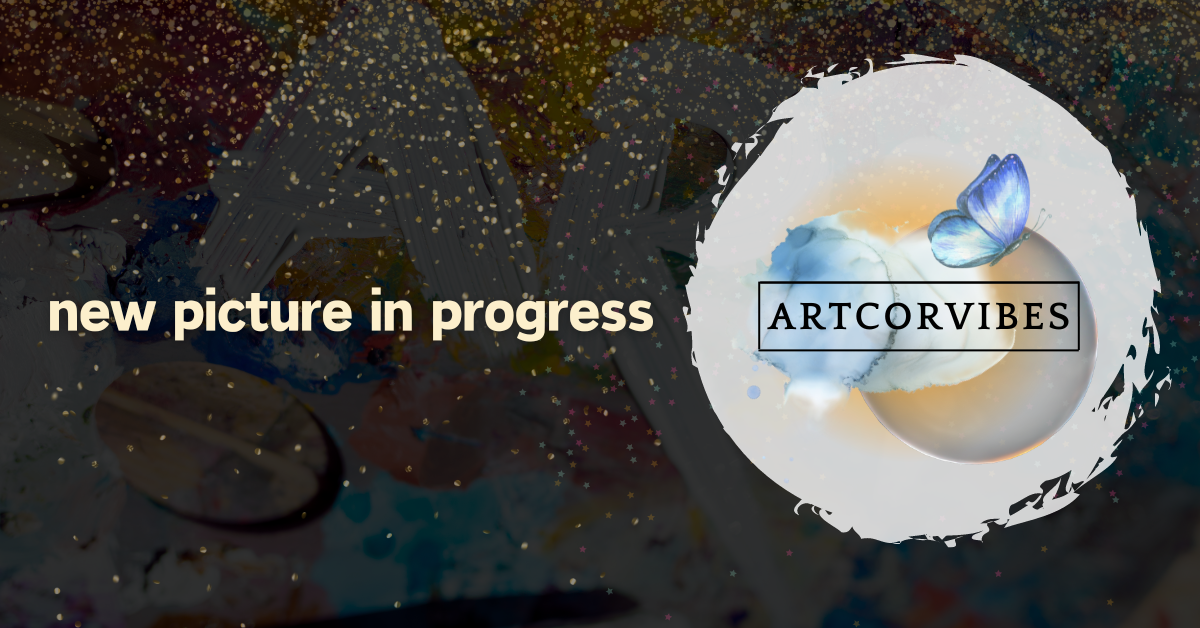Maybe you’ve heard the term “contemporary art” in various conversations, but do you truly understand its definition? Delving into the realm of contemporary art can provide you with a deeper insight into the recent creative artistic expressions and help you distinguish it from other art movements.
Contemporary Art:
Contemporary art refers to works that have been produced since the second half of the 20th century through present day. It encapsulates the art of our time, created by diverse artists who are influenced by our globally connected, culturally rich, and technologically advancing world.
Unlike other art movements that are defined by specific styles or techniques, contemporary art is an inclusive and dynamic field that embraces a wide range of mediums, subject matter, and themes.
By exploring contemporary art and its artists, you’ll be able to appreciate the innovative ideas, unique expressions, and the cultural significance of the art that has come to define our modern era.
Defining Contemporary Art

Evolution and Time Frame
Contemporary art can be described as the art of our current day, encompassing a wide range of artistic expression. It’s an umbrella term for various art forms, including painting, sculpture, photography, installation, performance, and video art, which are all being produced today.
While some might define contemporary art as the art created during “our lifetime,” it’s essential to recognize that everyone’s lifetimes and life spans vary. So, it’s more accurate to say that contemporary art adjusts with the times, reflecting the constantly evolving nature of art.
Characteristics and Styles
In the realm of contemporary art, you’ll find diversity in both materials and techniques, with artists often pushing the boundaries of what’s considered artistic expression. Sometimes, contemporary art can be characterized by its daring thematic content, addressing social, political, or cultural issues.
When looking at the styles and unique movements within contemporary art, it’s clear that this genre defies strict categorization. It encompasses art forms from early digital art to underground subculture styles, such as manga, graffiti, and street art. Because it’s a vast and ever-changing domain, you might find it difficult to pinpoint specific attributes that define contemporary art as a whole.
Throughout your exploration of contemporary art, keep in mind the fluid nature of this artistic discipline. Embrace the variety of mediums, subject matter, and styles that contemporary art has to offer. Allow yourself to appreciate the endless possibilities of artistic expression in today’s world.
Themes and Purposes

Contemporary art, produced today, often carries significant meaning through its various themes and purposes. It provides artists a medium to express their thoughts and emotions surrounding the world we live in.
Social Commentary
As a reflection of the world, contemporary art tackles numerous social issues that define our times. For example, artists address topics such as identity, race, gender, and politics. By engaging with these subjects, contemporary art acts as a medium for artists to express their personal views and challenge societal norms.
Some well-known contemporary artists, like Ai Weiwei, create provocative and thought-provoking pieces, encouraging viewers to question the status quo. Others use their art as a call to action, promoting change and raising awareness about global issues like climate change.
Innovation and Technology
The advent of new technologies has significantly impacted contemporary art. Artists have embraced tools like digital media, 3D printing, and virtual reality to push the boundaries of artistic expression. These technologies enable them to explore new mediums and techniques, resulting in unpredictable and novel forms of artwork.
Light and interactive installations are some examples of how technology enriches contemporary art. Artists like Olafur Eliasson make use of innovative techniques to create immersive and multi-sensory experiences for the viewers.
In conclusion, contemporary art serves as a reflection of our times and a platform for artists to express their opinions on various issues. Both social commentary and technology are essential aspects of what makes contemporary art unique and relevant. By understanding these themes, you can better appreciate the rich and diverse world of contemporary art.
Influential Contemporary Artists
Pioneers of the Contemporary Scene
Contemporary art refers to artworks produced in the present day, encompassing various mediums like painting, sculpture, photography, installation, performance, and video art. As a reflection of our current era, it’s ever-evolving, diverse, and strongly influenced by globalization and technology.
One major pioneer of the contemporary scene is Yayoi Kusama, a Japanese artist known for her iconic infinity rooms and hypnotic polka dot patterns. Her work continues to inspire contemporary artists and captivate audiences worldwide.
Ai Weiwei is another influential contemporary artist who hails from China. Known for his thought-provoking installations and political activism, his work often addresses global issues and human rights.
Lastly, Marina Abramović has played a crucial role in establishing the significance of performance art in the contemporary scene. Often pushing boundaries and exploring the relationship between the artist and the audience, her work is both challenging and innovative.
Emerging Artists
As contemporary art evolves, a new generation of artists is making its mark on the scene. Here are a few exciting talents to keep an eye on:
- Njideka Akunyili Crosby is a Nigerian-born, Los Angeles-based artist. Her unique collage-style paintings combine African and Western elements, reflecting on her experiences of cultural hybridity.
- Toyin Ojih Odutola is another notable emerging artist, known for her captivating and texturally rich portraits. She often comments on race, identity, and representation through her works.
- Finally, Tschabalala Self is an American artist whose energetic, larger-than-life paintings and sculptures examine the concept of black femininity. Her work combines the past and present in inspiring ways.
As you explore the world of contemporary art, you’ll find countless other talented artists who are shaping the cultural landscape and bringing new perspectives to audiences.
Experiencing Contemporary Art
Art Galleries and Exhibitions
A great place to start is by visiting art galleries and exhibitions. These spaces showcase works from various artists, giving you a taste of the different styles and themes present in contemporary art. Browse through the works, and don’t be shy about engaging with the curators or fellow visitors to exchange perspectives and thoughts on the pieces.
Make sure to keep an eye out for artist talks or panel discussions, as these events often provide valuable insights into the creative process and the inspiration behind the artwork. Also, remember that many art galleries and exhibitions are free or have reduced entry fees on certain days, making it an accessible way for you to experience contemporary art.
Interactive Installations

Contemporary art often invites audience participation through interactive installations. These works are designed to blur the lines between the viewer and the artwork, creating a unique experience tailored to your involvement. For example, contemporary artist Yayoi Kusama’s famous Infinity Mirrored Roomsencourages viewers to step inside and immerse themselves in a seemingly endless space filled with mirrors and colored lights.
As you explore these interactive installations, keep in mind that your personal experience and interpretation play a significant role in shaping the meaning of the work. Embrace your curiosity, and don’t hesitate to touch, move, or play – just make sure to follow any guidelines the artist or host may have put in place.
In conclusion, experiencing contemporary art can be an enriching and thought-provoking journey. Engage with the works in galleries, exhibitions, and interactive installations to deepen your understanding of the diverse themes and styles present in this dynamic field. Most importantly, have fun and savor the creative expression that contemporary art has to offer!
How does contemporary art affect you? Let us know in the comments.
How do you know if art is contenemporary?
Art is contemporary if created in recent decades, reflecting modern ideas and styles. It’s viewed as a dynamic expression of current issues and creative innovation.
What are 5 forms of contemporary art?
Five forms of contemporary art are installation art, performance art, conceptual art, digital art, and street art.
How do you view contemporary art?
Contemporary art is diverse and boundary-pushing, reflecting current cultural, social, and political contexts. It often challenges viewers to think critically and engage with new perspectives.
What are 10 elements of contemporary art?
Ten elements of contemporary art include hybridity, interactivity, abstraction, appropriation, performance, space, technology, identity, body, and time.



